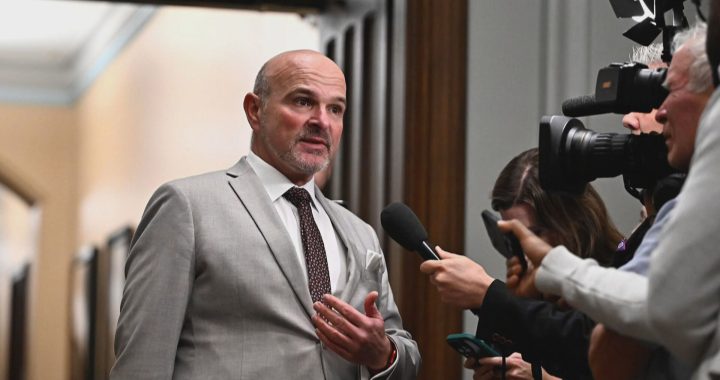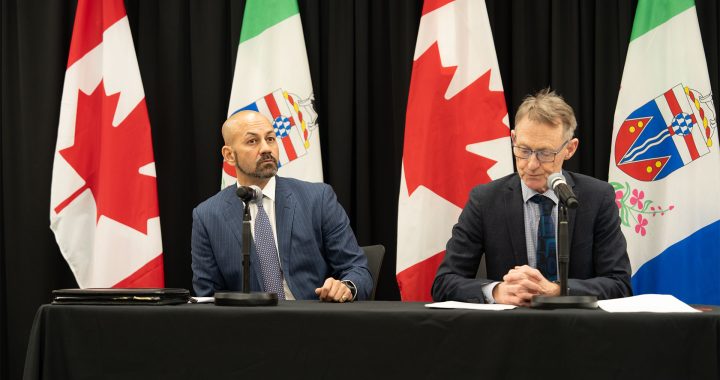Leaders who attended a Dene National Assembly in Wiliideh Site (Yellowknife River) in the Akaitcho Territory, discussed a proposal to conduct multi-year work on 15 residential school sites in the N.W.T.
The Dene Nation wants to search the sites for any unmarked graves using ground penetrating radar.
But the proposal comes with emotional questions for survivors and their families.
“What’s the protocol after that?” wondered Herb Norwegian, grand chief of Dehcho First Nations.
“Is that something the First Nation ourselves, are we going to set up the protocol to make sure the ceremonies that normally come with something like that is done properly? There are a series of questions there.”
Information gathered from archival searches and elders will help direct the work done in the field.
That work will begin once the frost has left the ground in the second summer of the project.
The project is expected to take two years and include archival research and consultations with elders.
“In the first year we’d also like to undertake community elder interviews,” said Tom Andrews, a research coordinator who has experience with searches in Fort Providence and Taltheilei Narrows.
“We know in a lot of the communities there are a key number of elders who have a very particular knowing of the history of the residential schools and where the graves are, which would be really important to combine and collect that knowledge as well.”
Training opportunities will also be available for young people.
“There are a number of archives across the country including the TRC archives, various Church archives, Hudson’s Bay archives in Yellowknife and government archives in Yellowknife and Ottawa that all need to be searched,” Andrews added.
There were many questions at the assembly.
“I just wanted to know how far can you pick up the ground radar?” asked Chief Fred Sangris of Yellowknives Dene N’Dilo. “Indigenous graveyards in eskers are deep, and muskegs sometimes are shallow.”
Rebecca Gray, a PhD student from Pehdzeh Ki First Nation, said “…depending on the kind of machine it can see up to eight metres, but the depth at which it works the best is one to two metres above the surface.”
Ground penetrating radar produces massive amounts of data that would be processed and available months afterwards, she said.
The proposal for the searches includes healing work and memorialization similar to Fort Providence, which created a commemorative site with names of children who died at the Sacred Heart Mission School.
“I’ve been to the memorial site in Providence,” said Fort Good Hope Dene Chief Tommy Kawkfwi. “There’s three of my relatives that never made it home. Three years in a row I have visited the site along with other elders my brother and I brought.”
Family members of missing children, like survivor and Shita Got’ine Elder Paul Andrew, said he hopes the work will provide answers.
“Is it possible I have cousins somewhere in the world? Or is that it?” he asked. “I don’t know if those questions will ever be answered, but I sure hope that we can get a sense of that so that I get a sense of closure.”









